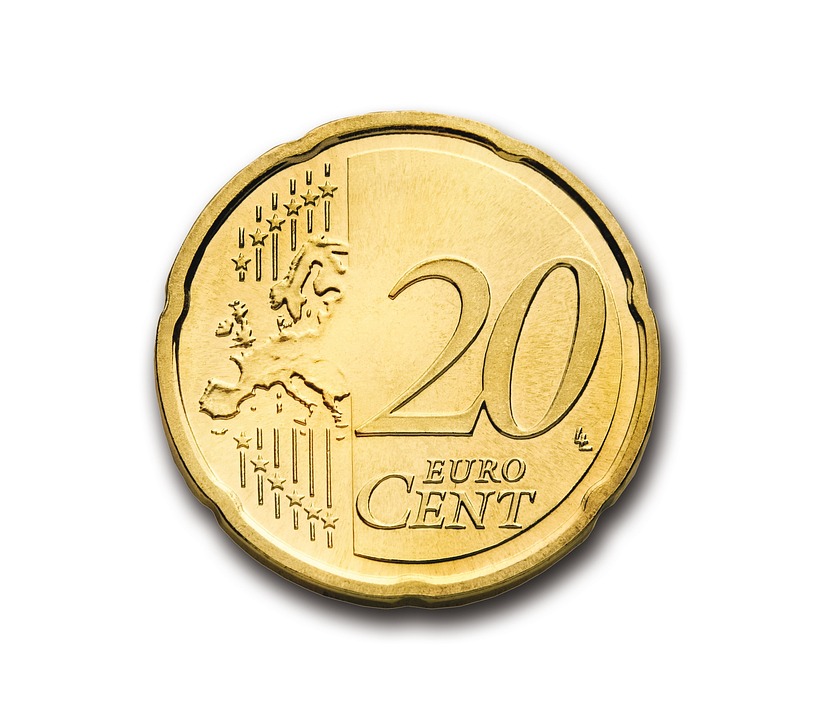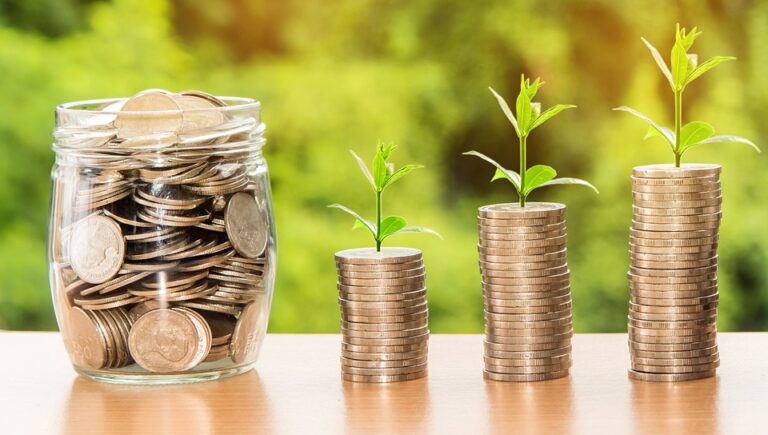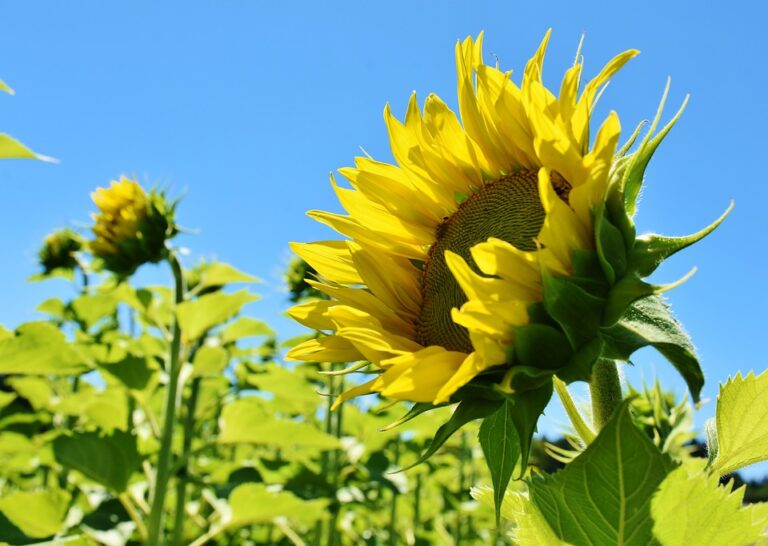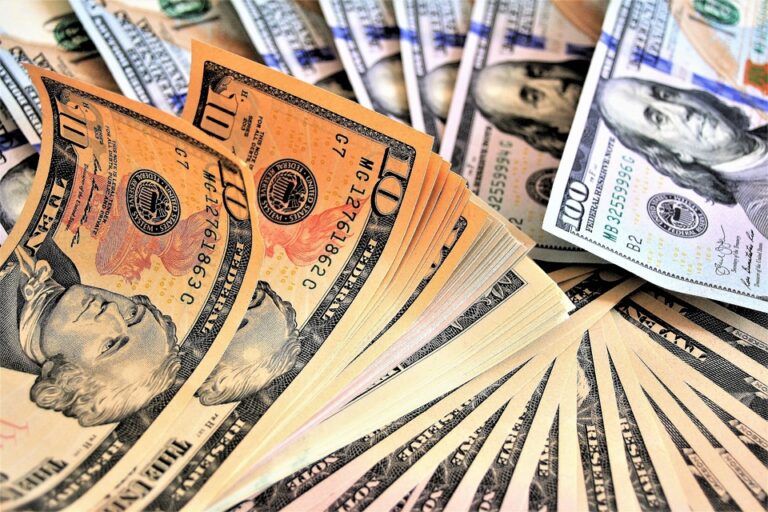Last updated Jun. 23, 2024 by Peter Jakes
Spring Cleaning? Donʼt Throw It Out – See What Itʼs Worth First!
Spring cleaning is a time-honored tradition that allows you to refresh your living space, declutter your home, and reset your mind. As you dig into closets, attics, and garages, you might be tempted to throw things out without a second thought. However, before you haul items to the curb, consider their potential value. This guide will help you identify which items could have worth and how to evaluate them accurately.
Why Consider the Value of Items?
One person’s trash can indeed be another’s treasure. Many items, especially vintage or collectible ones, have a market value that you might not be aware of. From old toys to rare books, and even certain types of furniture, the second-hand market is booming. By taking the time to assess the value of your belongings, you could not only avoid waste but also make some extra money.
Common Valuable Items
1. Vintage Toys and Games:
Old toys and board games often fetch a good price, especially if they are well-preserved and in their original packaging. Think of brands like LEGO, Hot Wheels, and early video game consoles from Nintendo or Atari.
2. Antique Furniture:
Furniture crafted from solid wood and boasting intricate designs may have considerable value. Pieces from particular eras or designed by notable craftsmen can be especially lucrative.
3. Rare Books and Comics:
First editions, rare books, and comic books can be worth a significant amount. Look for signed copies, pristine conditions, and established popularity.
4. Jewelry and Watches:
Old jewelry and watches, especially those made from precious metals or designed by renowned jewelers, can be highly valuable. Vintage watches from brands like Rolex or Omega are particularly sought after.
5. Collectible Memorabilia:
Items like sports memorabilia, autographed items, and limited edition merchandise can also be worth a lot. Pay attention to authenticity and condition.
How to Assess the Value
1. Research Online:
The internet is a treasure trove of information. Websites like eBay, Etsy, and specialized collector forums can give you an idea of what similar items are selling for.
2. Consult Experts:
Antique shops, auction houses, and professional appraisers can provide accurate valuations. Some may charge a fee, but this can be worth it for high-value items.
3. Use Apps and Tools:
There are numerous apps designed to help you assess the value of items, such as WorthPoint, eBay’s "Sold Items" feature, and dedicated price guide tools for specific collectibles.
Steps for Selling Your Items
Once you’ve determined that an item has value, how do you go about selling it?
1. Choose the Right Platform:
Decide where to sell your item based on its type and value. High-end antiques might do better at an auction house, while niche collectibles often sell well on dedicated online forums or marketplaces.
2. Set a Realistic Price:
Utilize your research to set a competitive price. Be prepared to negotiate, especially on online platforms.
3. Take Good Photos:
High-quality images can make a significant difference in attracting buyers. Make sure to capture different angles and highlight any unique features or flaws.
4. Write an Honest Description:
Provide detailed information about the item’s history, condition, and any other pertinent details. Transparency builds trust with potential buyers.
Tips for a Successful Sale
1. Be Patient:
Finding the right buyer can take time, but rushing to sell might make you settle for a lower price.
2. Stay Safe:
If meeting buyers in person, choose a public place and consider bringing a friend. For online transactions, use secure payment methods and be cautious of scams.
3. Keep Records:
Document everything, from payment receipts to shipping confirmations, to protect yourself in case of disputes.
Environmental Considerations
Selling your items instead of throwing them away not only benefits you financially but also helps the environment. Reducing waste and promoting the reuse of goods can contribute positively to sustainability efforts.
✓ Short Answer
Before tossing out items during spring cleaning, consider their potential value. Many objects such as vintage toys, antique furniture, rare books, jewelry, and collectibles can fetch a good price. Research online, consult experts, and use valuation apps to determine worth. Choose the right platform to sell, set realistic prices, take quality photos, and provide detailed descriptions to attract buyers. Opting to sell not only brings financial benefits but also promotes environmental sustainability by reducing waste.
FAQs
1. How do I know if an item is valuable?
Start by researching online through auction sites and collector forums. If unsure, consult with professional appraisers or antique shops.
2. What if I can’t find any information on my item?
Reach out to collector groups or forums dedicated to the specific type of item you have. Sometimes niche communities can provide insights.
3. Is it worth paying for a professional appraisal?
For potentially high-value items, a professional appraisal can be worthwhile and offer peace of mind regarding its worth.
4. Can I sell broken or damaged items?
Some items have value even in less than perfect condition, especially if they are rare or can be repaired. Be transparent about the condition when listing it for sale.
5. How can I avoid scams when selling online?
Use trusted platforms, secure payment methods, and always be cautious of buyers who refuse standard transaction processes. Avoid sharing personal information unnecessarily.
6. Are there any items I should definitely hold onto?
Family heirlooms and items with sentimental value might be worth keeping, even if they have financial worth. Evaluate both emotional and monetary aspects before deciding.
Spring cleaning provides the perfect opportunity not just to tidy up your space but also to uncover hidden treasures. By carefully evaluating what you intend to dispose of, you can turn waste into wealth, all while contributing to a greener planet. Happy cleaning!






